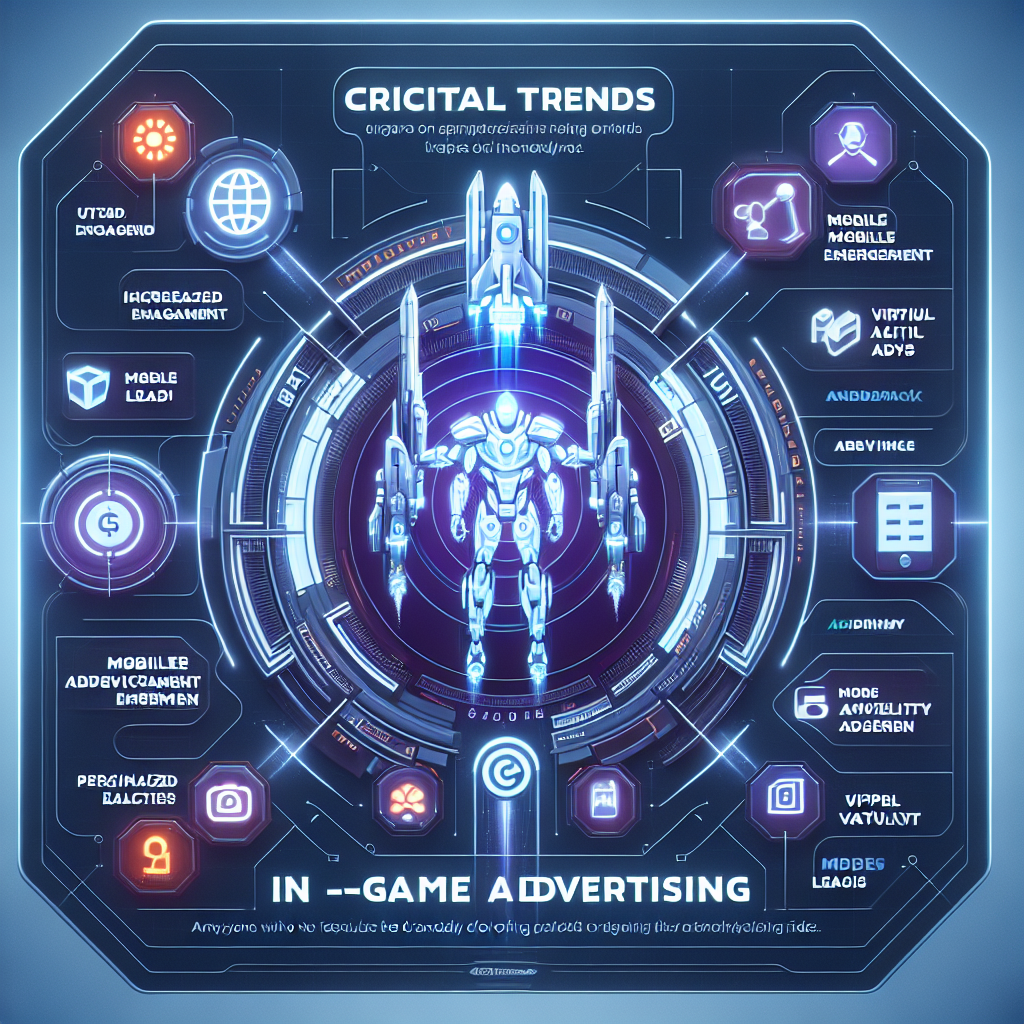The in-game advertising market is a rapidly evolving landscape that offers a unique opportunity for brands to reach engaged audiences in innovative ways. As gaming continues to gain popularity across diverse demographics, the relevance and scope of in-game advertising have expanded significantly. By seamlessly integrating advertisements within gaming environments, advertisers can not only enhance brand visibility but also enrich the user experience, creating a win-win scenario for both parties.
Recent developments, such as technological advancements in augmented reality (AR) and virtual reality (VR), have opened new avenues for advertisers to create immersive and engaging ad experiences. Strategic collaborations between gaming companies and advertising platforms have also amplified the reach and effectiveness of in-game advertisements. These partnerships combine creative content with targeted marketing strategies, ultimately driving greater brand engagement.
To stay competitive in this dynamic market, it is essential for stakeholders to stay attuned to current trends and adapt to shifting consumer preferences. The rise of mobile gaming, the increasing popularity of esports, and the growing importance of influencer marketing are some of the key trends shaping the future of in-game advertising. By leveraging these insights, companies can navigate the complexities of the market and capitalize on emerging opportunities.
The in-game advertising market can be segmented based on type and application, allowing for a comprehensive understanding of the various avenues within this field. Segments include dynamic in-game advertising, static in-game advertising, advergames, and other innovative advertising methods. Applications range from food and beverage to automotive, health, consumer goods, travel, education, and more, catering to a diverse range of industries.
Key players in the in-game advertising market, such as Eskimi, Bidstack, Adverty, Anzu, Super League, Gameloft, AdInMo, APEX Mobile Media, and others, are at the forefront of driving innovation and shaping the future of this dynamic sector. These companies are not only pushing the boundaries of in-game advertising but also collaborating with brands to create cohesive marketing strategies that enhance user experiences and drive engagement.
While the market presents numerous growth opportunities, challenges such as regulatory constraints, operational inefficiencies, and talent shortages persist. Companies can address these challenges by investing in training and development programs, building partnerships with educational institutions, and adopting flexible advertising strategies that adhere to regulatory standards.
Technological advancements, including artificial intelligence, virtual reality, augmented reality, and IoT-driven systems, are fundamentally transforming the in-game advertising landscape. Brands that leverage these cutting-edge technologies will be better positioned to engage consumers effectively and create impactful advertising experiences.
At STATS N DATA, we employ a robust research methodology to provide accurate and actionable insights into the in-game advertising market. Our approach includes both top-down and bottom-up methodologies, gathering data directly from industry stakeholders and analyzing existing literature to validate our findings. By staying committed to accuracy and innovation, we empower businesses to navigate the complexities of the market and achieve sustainable growth.
In conclusion, the in-game advertising market offers a significant opportunity for brands to engage with consumers in immersive and impactful ways. By leveraging technological advancements, staying attuned to consumer preferences, and collaborating with key players in the industry, companies can drive success in this dynamic and evolving market.

